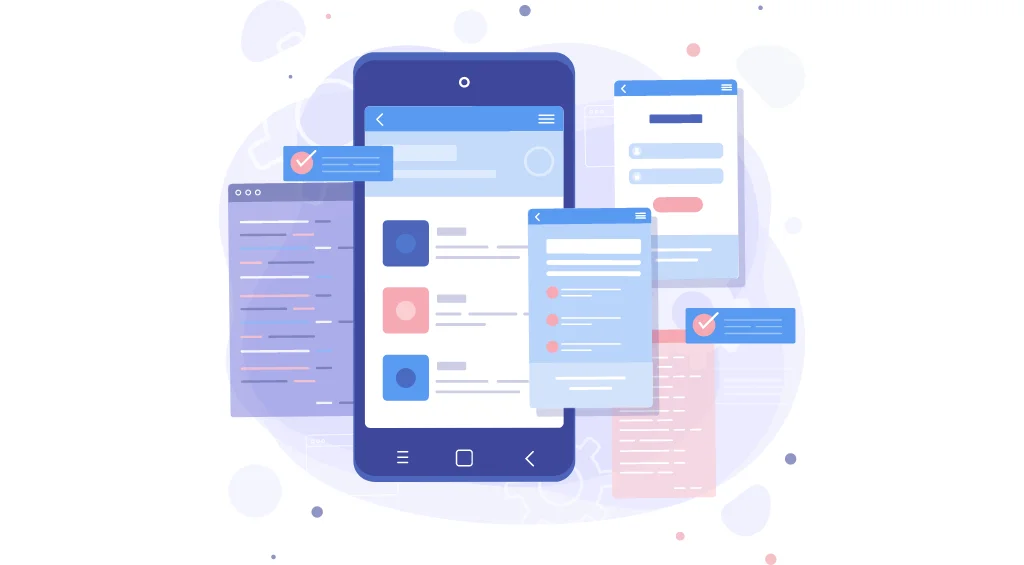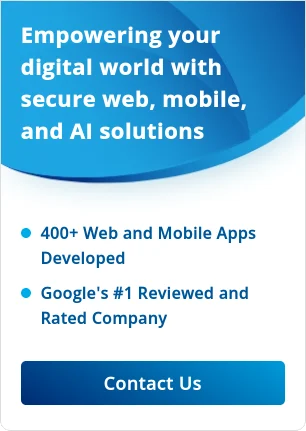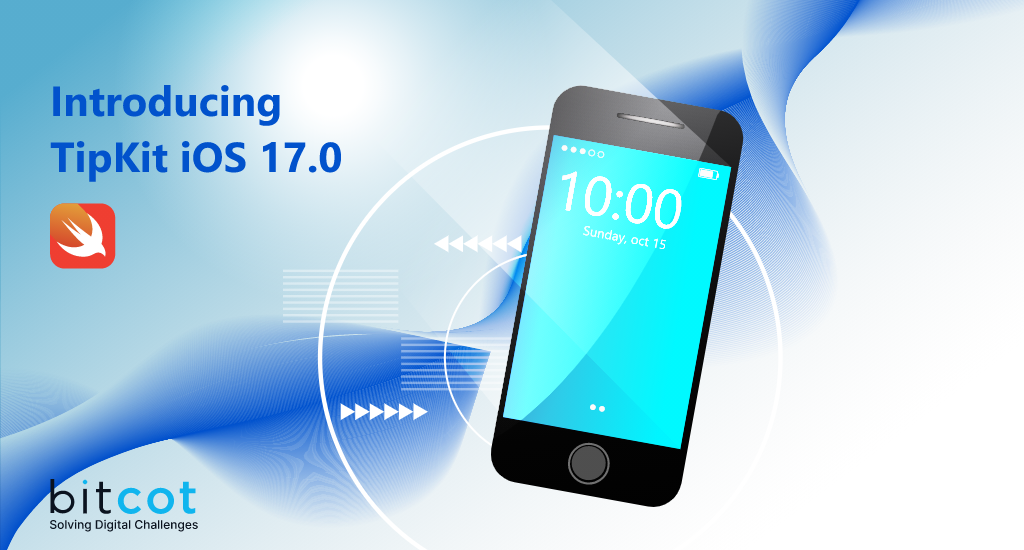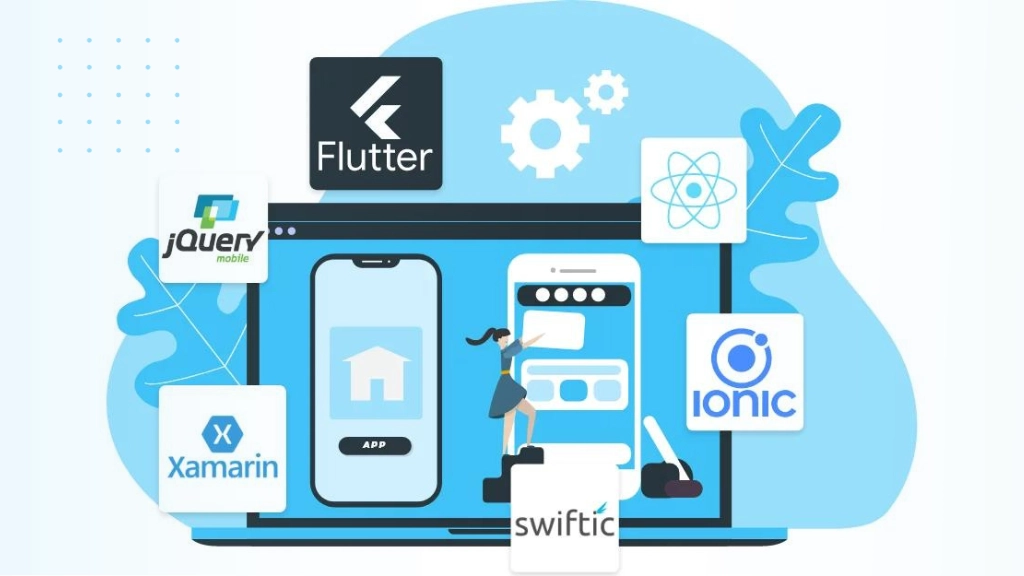
The digital world today is constantly changing, presenting a challenge for businesses when trying to reach new customers and effectively target the right consumers. This is where progressive web apps (PWAs) come into play. Benefits include speed, offline navigation, and low development cost. PWAs can make a massive difference when engaging an audience and attempting to reach a wider user base. True to their name, Progressive Web Apps are a new and intuitive way to develop applications that take up less power, storage, and load faster.
A Progressive Web App is a means for websites to attract and retain mobile audiences. PWA combines features of native apps and mobile websites so that your website visitors can easily download your PWA from a browser and get quick access to your web app. Today we’re breaking down the basics of progressive web apps, we’ll discuss:
What are Progressive Web Apps?
A Progressive Web App is a javascript technology that enables a user of your website to download it as an app on their device. A PWA allows for faster access to your web pages because the technology optimizes their performance. They use manifests, service workers, and web-based features combined with progressive technology to enhance user experience and provide a product that resembles native mobile applications.
Many businesses will lean towards PWAs instead of native applications because they need to build an online presence to capitalize on the opportunity quickly. Areas like e-learning, health, delivery, e-commerce, social network, and communication turned to PWAs as the perfect way to quickly increase their reach while keeping costs low. The modern and lightweight progressive application approach is ideal for projects with smaller budgets that require speedy development and straightforward updates.
 The main difference between progressive web applications and native application development is that PWAs are built and run inside a web browser, ensuring that all progressive applications work both on Android and iOS. They will use popular web languages like JavaScript, HTML, and CSS, making PWA development often cheaper and easier to find. On the other hand, native applications need to be developed separately for Android and iOS.
The main difference between progressive web applications and native application development is that PWAs are built and run inside a web browser, ensuring that all progressive applications work both on Android and iOS. They will use popular web languages like JavaScript, HTML, and CSS, making PWA development often cheaper and easier to find. On the other hand, native applications need to be developed separately for Android and iOS.
Today, iOS and Android support PWA. This means that it is available to nearly all mobile users, making it a great opportunity for any business to digitally grow.
Benefits of Progressive Web Apps
Progressive web apps combine features found both in websites and native apps. One of their key features is that they mimic the look and feel of native applications while being much lighter. Here are some of the main benefits of using progressive web applications.
 They are lighter on data usage and storage, which presents a major benefit to the user. As a business owner, there are fewer barriers of entry for your consumer. When consumers are using a native application, they must to go to the app store, download, install, and give the application all the required permissions to run, these steps give users plenty of time to reconsider.
They are lighter on data usage and storage, which presents a major benefit to the user. As a business owner, there are fewer barriers of entry for your consumer. When consumers are using a native application, they must to go to the app store, download, install, and give the application all the required permissions to run, these steps give users plenty of time to reconsider.
During this process, users might avoid an application entirely if it’s too big or uses too much data. Because progressive web applications operate more like websites, everything loads on the spot. As a result, data usage and size become a non-issue, significantly increasing the user’s chance to stick with the PWA.- PWA allows offline navigation by caching and storing part of the data displayed in the app. Offline navigation is one of the most desired features for users. It avoids losing access to critical data and services if the connection drops.
- Progressive web applications have great performance. PWAs load faster by using service workers running in the background to do the heavy lifting. No one likes long loading times or slow applications, this presents a major benefit to your users.
- PWAs have a lower development cost, making them a great way to digitally grow your business, on a budget. Developing a genuinely native application requires two completely different codebases, while progressive web applications use common programming languages like JavaScript, HTML, and CSS, and maintenance requires a single team focusing exclusively on web development. It’s also easier and cheaper to find a team experienced in web development.
- Progressive web applications have the looks, flair, and sophistication you expect from native apps. From shadows, buttons, round corners, and characteristic fonts without any hassles from native apps. No need to make an account, install anything or mess with permissions.
- No need for third-party distribution, which will also save you money! Publishing your application on an app store adds another cost to the project. However, with PWAs, you can skip the entire app store issue when working with a PWA.As long as the user has a modern browser like Chrome or Firefox, they can access your app and receive updates without downloading different versions or waiting for another verification round, making PWAs convenient for consumers and businesses alike.
Examples of Progressive Web Apps
There are more progressive web applications out there, some of which you may actually be using all the time. Here are some examples:
- Spotify, everyone’s favorite music streaming service. You can listen to music on Spotify, not only through their native app but by opening the Spotify Web Player – https://open.spotify.com. That’s their PWA.
- Forbes. Forbes launched their PWA in 2017 to improve website performance for mobile users. Since then, Forbes registered 43% more sessions per user and increased ad views by 20%.
- Aliexpress. With the growth of its mobile audience, the company wanted to provide an app-like experience, even for users who prefer to use their mobile website instead of a native app. After Aliexpress launched PWA, the number of sessions per user doubled, as did the conversion rate.
- Pinterest. Being an image-heavy platform, Pinterest’s traditional UI was slow, decreasing the number of user engagement and resulting in fewer signups. They moved to a PWA, which helps them with faster loading and the ability for users to add images to their homepages or download. This helps them with more user engagement on their mobile site.
 Moral of the story: Progressive Web Apps provide users with an app-like experience, although the technology works via browsers, giving both the user and owner major benefits. Between faster load times, and less storage space, they can be especially helpful in attracting and retaining mobile users. Progressive Web Apps have the power to grow your business by bringing in more users, targeting your desired audience more effectively, and increasing customer retention.
Moral of the story: Progressive Web Apps provide users with an app-like experience, although the technology works via browsers, giving both the user and owner major benefits. Between faster load times, and less storage space, they can be especially helpful in attracting and retaining mobile users. Progressive Web Apps have the power to grow your business by bringing in more users, targeting your desired audience more effectively, and increasing customer retention.
If you are curious about building your first progressive web application but don’t know where to start, get in touch with our development team at: https://calendly.com/bitcot









